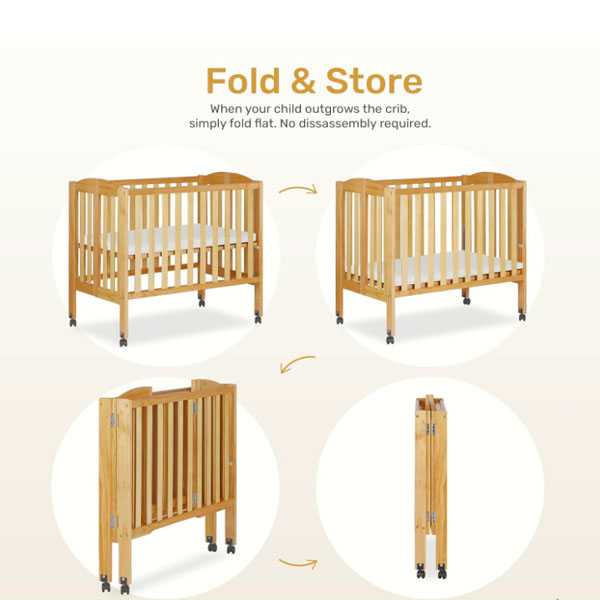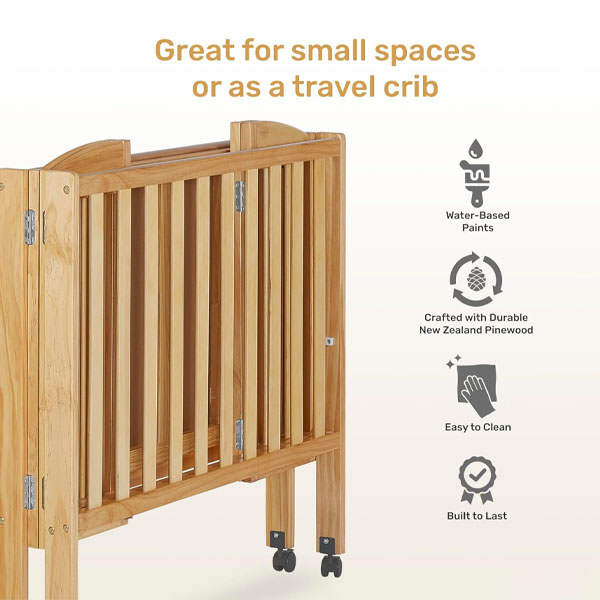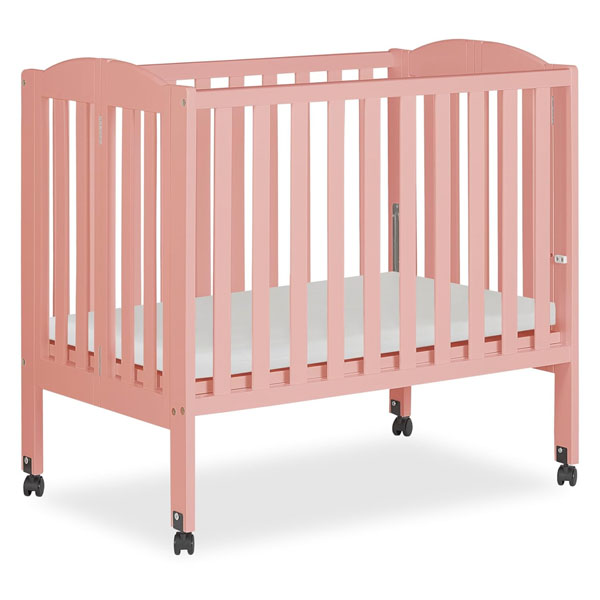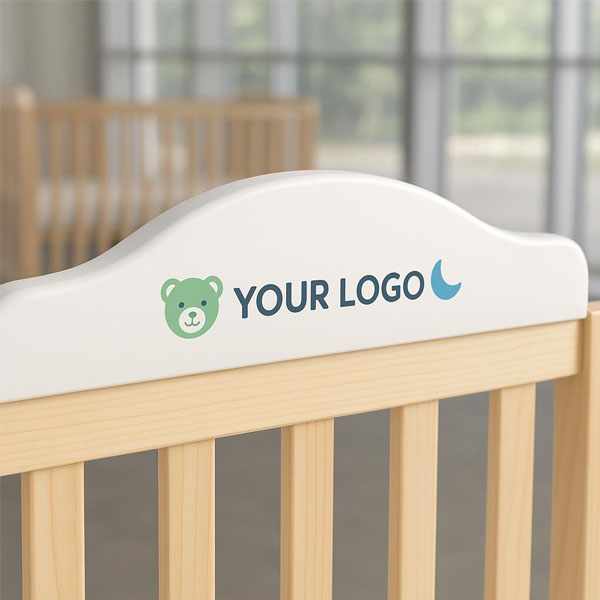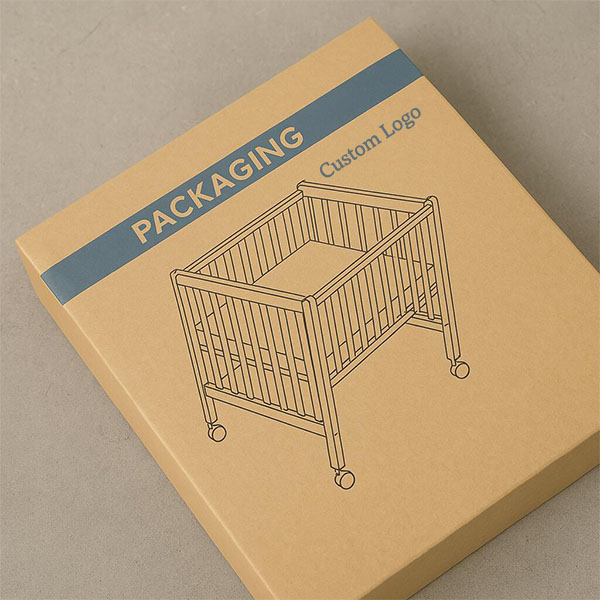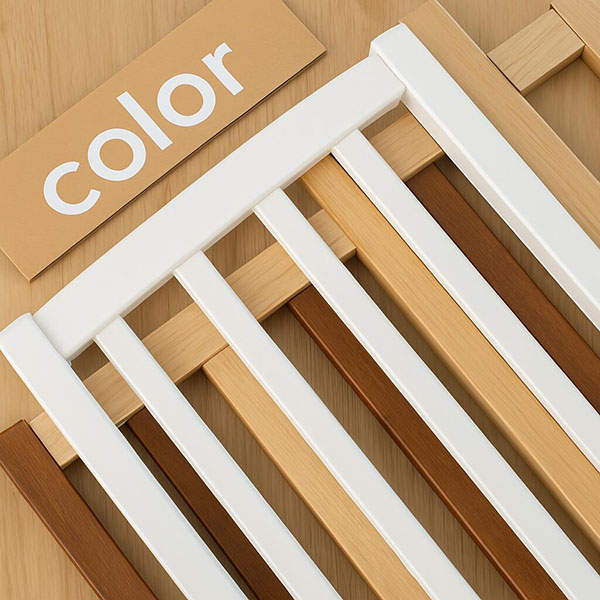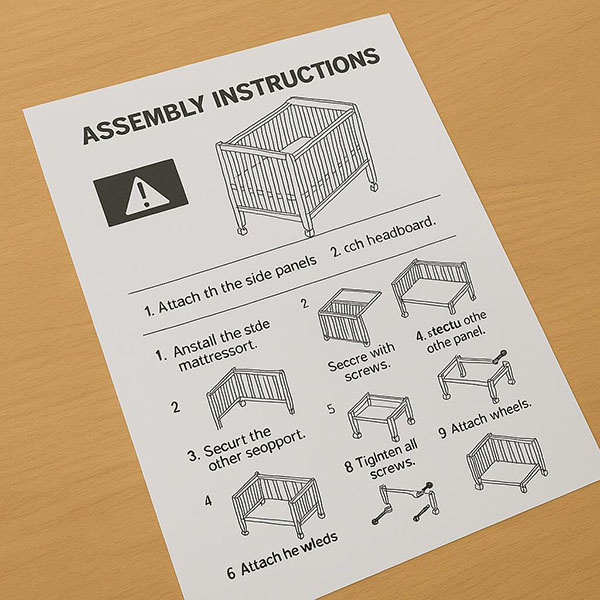Handmade Baby Baskets: Are They Safe and Durable?
Handmade baby baskets are beautiful, unique, and eco-friendly—but are they actually safe for your newborn? And will they hold up to daily use?
Yes, handmade baby baskets can be safe and durable if they follow firm sleep guidelines, use quality materials, and are well-constructed with sturdy weaves.

Let’s explore what to check before buying or using a handmade basket so you get all the charm—with none of the risk.
What makes a handmade baby basket “safe”?
Safety depends on structure, material, and how it’s used—not just whether it’s handmade.
A handmade baby basket is safe if it has a flat, firm mattress, breathable sides, and no soft padding or loose items inside.
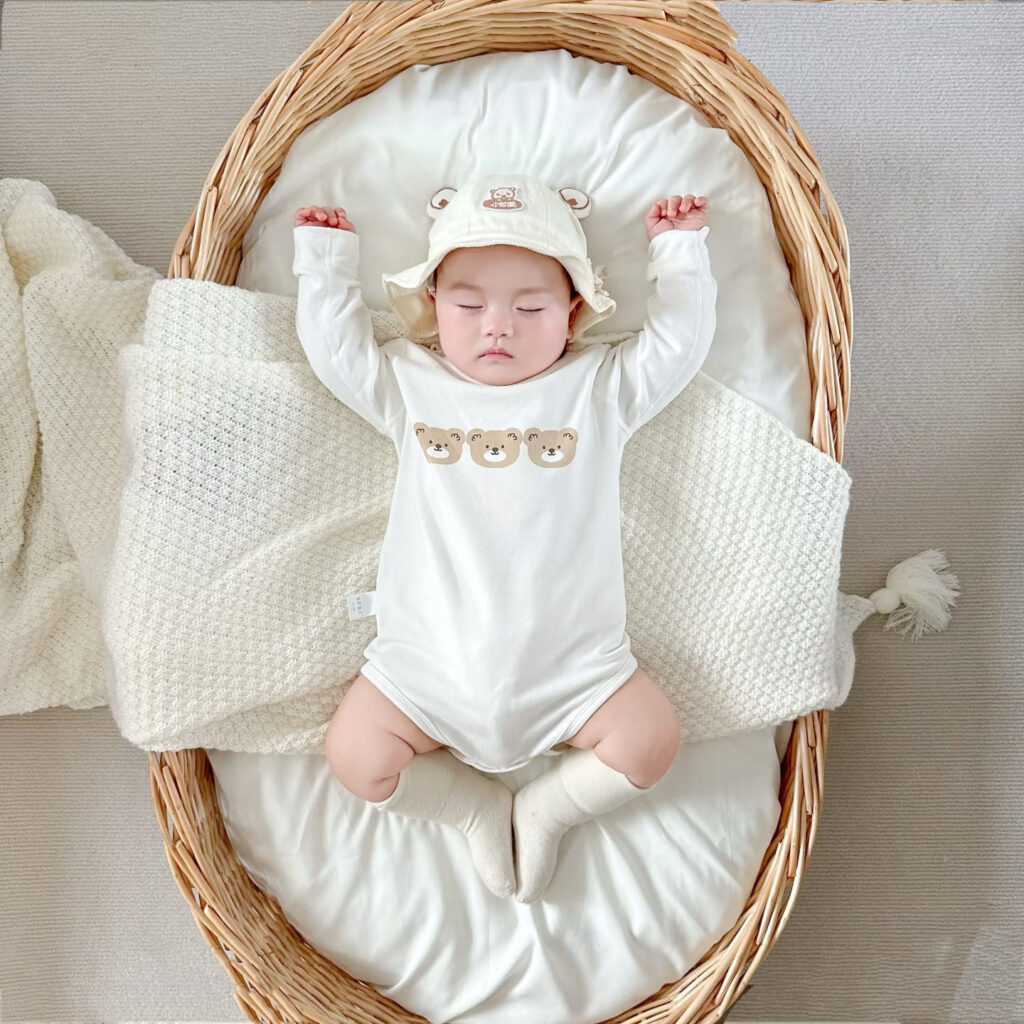
Key safety features to check
- Firm, flat base that supports the mattress
- Tight, secure weaving that won’t unravel or snag
- No padding or fabric liners inside unless breathable and removable
- Fits a snug mattress with no gaps at the edges
- No handles used for carrying with baby inside
Always lay baby on their back, alone, and avoid toys, pillows, or blankets inside the basket.
If you’re buying from a small seller or artisan, ask about:
- Safety testing or certifications
- Materials used (e.g., palm, seagrass, maize)
- Mattress firmness and dimensions
Are handmade baskets strong enough for daily use?
Many are more durable than factory-made ones—if well built.
Handmade baskets can be highly durable if woven with care using natural, sturdy materials like seagrass, wicker, or maize.

Signs of strength
- Thick, evenly woven strands
- Reinforced corners and edges
- Stiff base that doesn’t flex or sag under pressure
- Smooth finish—no sharp edges or frayed ends
I used a handmade maize basket for three months straight. It went from bedroom to living room every day without any signs of weakness. At the end, I passed it to a friend—and she used it for her own baby.
| Material | Strength Level | Best For |
|---|---|---|
| Seagrass | High | Long use, eco-conscious |
| Maize | Medium–High | Light daily use |
| Palm | Light–Medium | Portability, short term |
| Wicker | High | Structure, longer use |
What are the risks with handmade baskets?
As with any product, quality and oversight vary—especially with handmade items.
Risks include weak weaving, poor mattress fit, non-breathable linings, or baskets not tested to baby safety standards.

Red flags to watch for
- Basket leans or tips easily
- Mattress is too soft or doesn’t fit snugly
- Basket has strong smell (indicates chemicals or mold risk)
- Handles feel loose or unravel easily
- Padding or liners are fixed and non-breathable
Handmade doesn’t automatically mean unsafe—but it does mean you must inspect it more closely.
If you’re unsure, avoid using the basket for sleep and use it instead for supervised play or storage.
Should you buy a handmade baby basket?
If you value craftsmanship, eco-materials, and one-of-a-kind design—yes, with care.
Buy a handmade baby basket if it’s well-made, uses natural breathable materials, and comes with a firm mattress and clear safety info.

What to ask before buying
- What materials are used?
- Is the mattress included? Is it firm and snug?
- Are the sides breathable and padding-free?
- Does it meet any known safety guidelines (e.g., BS EN 1466, CPSC)?
Look for baskets from reputable artisans, Etsy shops with verified reviews, or eco brands that prioritize baby safety.
Conclusion
Handmade baby baskets can be safe and durable if they meet key safety standards and use quality, breathable materials. Always check the structure, mattress, and fit before using it as your baby’s sleep space.




